The Share Zone: Ann Arbor Art Center launches multimedia exhibit "Sharing Space," the first show in its new building
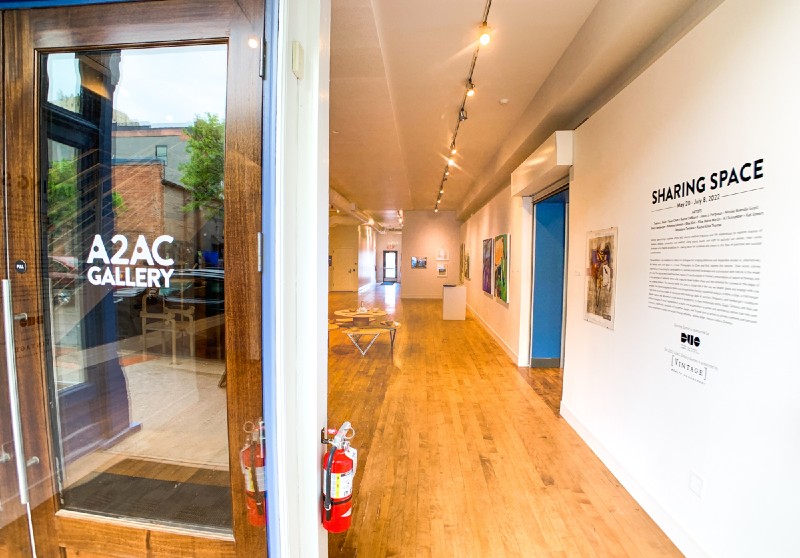
What is space?
Is it the physical area around you?
Is it your mental perceptions of isolation versus intimacy, distance versus closeness? Finding your place in a crowd versus being alone with your thoughts?
Is space the place where we should launch Elon Musk on a Major Tom-like mission to Mars?
The artists in Sharing Space, a new multimedia exhibit at the Ann Arbor Art Gallery (A2AC), ask variations of these questions—except the one about an Elonaut floating around a tin can, that's all on me.
Sharing Space is A2AC's inaugural full exhibit in its newly increased footprint, which came about because the venerable institution bought and expanded into the building next door, reconfiguring nearly everything throughout the three floors of both structures. (MLive did a nice story on the renovation.)
The name Sharing Space is also a nod to a driving idea behind A2AC's newly configured galleries and workspaces. While A2AC has always been about sharing space with the community—the exhibits are free; the paid art classes welcoming to newcomers—its commitment to expanding deeper into the general public is front and center now.
The pandemic has also made us reconsider how and when we share spaces with others. Even though covid variants are still raging everywhere, the world has made the conscious decision to open up again, which means whether or not we're emotionally or physically ready, we have to figure out how to share spaces once again.
"I wanted our first exhibition to be something that spoke to our own process of coming back into the public emerging with our new space," said Interim Gallery Director Ashley Miller.
Friday Five: TJ Zindle, Doogatron, TYRU$ARCHER, MEMCO comp, Paper Petals

Friday Five highlights music by Washtenaw County-associated artists and labels.
This week features '90s-esque alt-rock courtesy of TJ Zindle, freaky techno from Doogatron, leftfield hip-hop by TYRU$ARCHER, a MEMCO comp of electronic music, and dark ambient from Paper Petals.
Pulp Bits: A roundup of Washtenaw County arts and culture stories

Pulp Bits is an occasional round-up of Washtenaw County-related arts and culture stories from various publications and podcasts.
Some highlights include profiles of Ann Arbor's Third Place [MusicFest] (May 25-28), Ypsilanti's ÆPEX Fest (June 1-4), Ypsi's IFFY film festival (June 2-4), a pandemic-inspired exhibit at U-M's Museum of Natural History, a new children's book courtesy of Chelsea's Barn Sanctuary founder, Ann Arbor chalk artist David Zinn discussing his work, and upcoming events at Ann Arbor's Top of the Park festival and next season's UMS schedule.
All that and much more below:
Friends and musicians remember Walrus founding member and longtime Ann Arbor bassist Kim French at a tribute concert

Ann Arbor bassist Kim French passed away from heart failure on January 13, 2022, according to an obituary in Marquette's Mining Journal newspaper. French was a native of Marquette before moving to Ann Arbor in 1970.
In 1969, French was a co-founder of the psych-folk-jazz band Walrus, whose members started playing together in The Mike Koda Corp., a band featuring future Brownsville Station and solo star "Cub" Koda. Walrus later featured another Marquette musician named Randy Tessier, who moved with the band to Ann Arbor in 1972. While French's Marquette buddies had joined him in Washtenaw County, he didn't rejoin Walrus, which ended up making some studio recordings in 1973 and 1973 that would go unreleased until 2019. ["After 45 years, dreams do come true: Marquette native 70s band Walrus releases first album," The Mining Journal, January 27, 2020]
Friday Five: Killa Kam, Dave Sharp Worlds Quartet, Fred Thomas, Golden Feelings, Saajtak

Friday Five highlights music by Washtenaw County-associated artists and labels.
This week features hip-hop by Killa Kam, Ukrainian folk by Dave Sharp Worlds Quartet, instrumentals by Fred Thomas, ambient by Golden Feelings, and off-kilter pop by Saajtak.
The Years Before Punk Broke: Remembering Roland Diaz-Pérez, who put Ann Arbor's Club Heidelberg on the map in the pre-grunge era
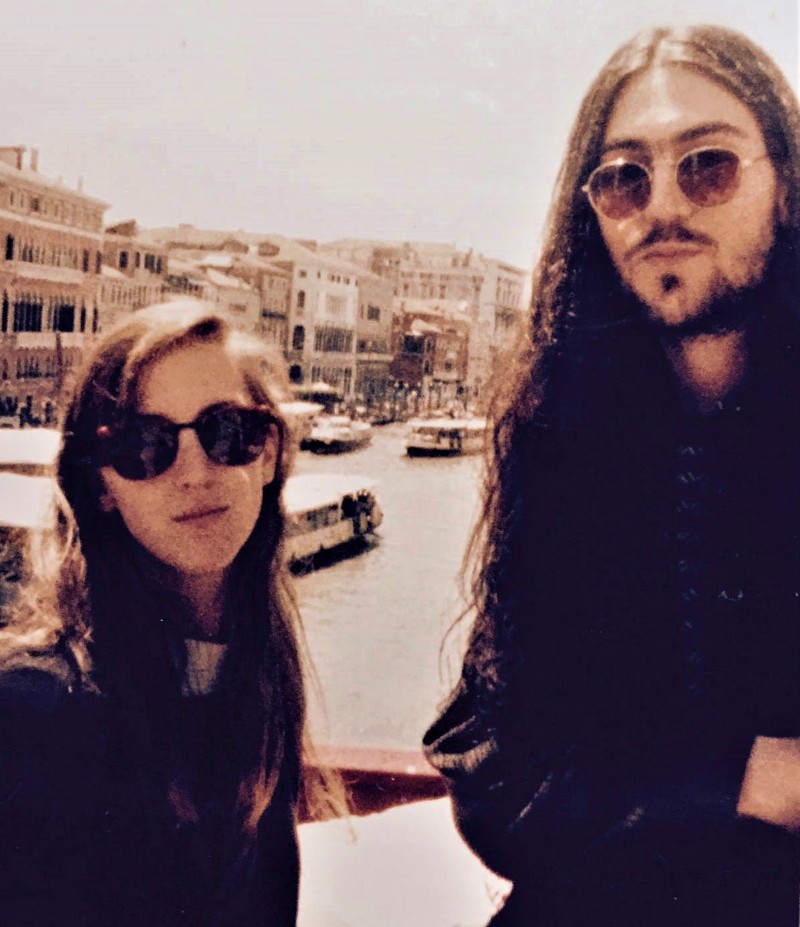
From August 1989 through the fall of 1991, dozens of concerts occurred above the German restaurant at 215 North Main Street in Ann Arbor, often featuring national touring bands who would become household names during the grunge era.
Rolando “Roland” Diaz-Pérez and his No Bull Productions team were responsible for producing these shows at Club Heidelberg, and these concerts deeply influenced the 1990s DIY music scene in Washtenaw County.
News surfaced that Diaz-Pérez died in April 2022 in Paraguay, where he had lived for two decades, but his legacy will live on in Ann Arbor music history.
The Return of AADL's Fifth Avenue Press: Local authors celebrate the release of their books on May 22
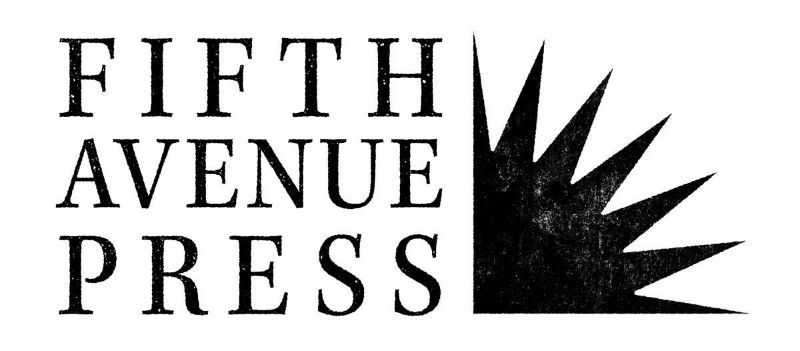
The Ann Arbor District Library's Fifth Avenue Press, which started in 2017, helps local authors produce a print-ready book at no cost—from copyediting to cover design—and the writers retain all rights. In return, the library gets to distribute ebooks to its patrons without paying royalties, but authors can sell their books—print, digital, or audio—in whatever ways they choose and keep all the proceeds.
Fifth Avenue launches its fourth round of books on Sunday, May 22, with a book-release celebration from 1-3 pm in the lobby of AADL's downtown location, featuring author readings from many of the imprint's 10 new titles.
Click the book titles below to jump to interviews with the authors and illustrators:
Feel Good Friday the 13th: UMMA's monthly series offered no bad luck, just great music
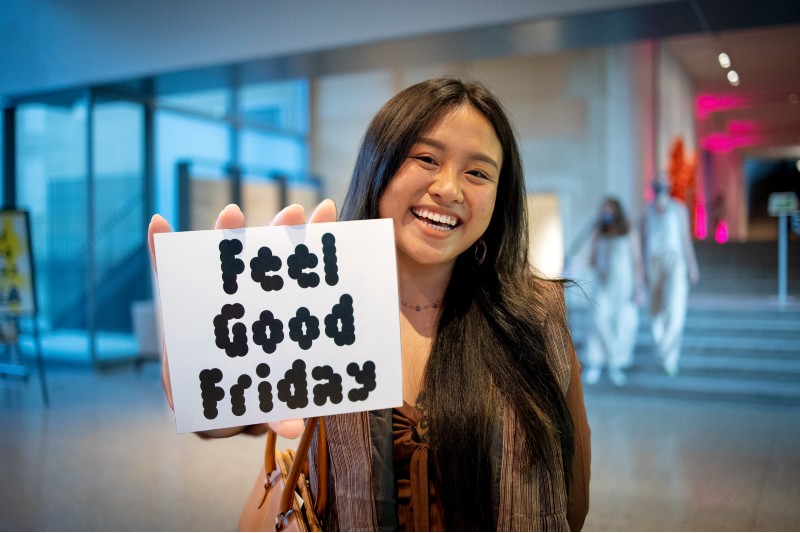
The University of Michigan Museum of Art (UMMA) showed that Friday the 13th doesn’t have to be an unlucky day.
Every second Friday the museum presents a self-described "gathering of art and humans." The May 13 edition of Feel Good Friday featured Detroit- and Ann Arbor-based DJs and artists showcasing experimental film and Detroit techno, along with all the UMMA galleries being open for viewing.
Ann Arbor artists Mark Tucker (FestiFools) and Alvin Hill opened the evening by leading a hands-on workshop to celebrate the opening of FUN, UMMA's latest exhibit, which is in the Stenn gallery facing State Street. It's a space where visitors can contribute to a summer-long creation using materials provided in the gallery.
The up-and-coming Detroit-based DJ AK then took listeners through a musical history of Afrofuturism, spinning ghettotech, dubstep, and deep house in the Lizzie and Jonathan Tisch Apse. The crowd, whose ages ranged from young to old, all got to dancing, whether it was right in front of the speakers or as they took in the UMMA galleries.
Five Minutes of Bravery: The Moth GrandSLAM returned to The Ark after a three-year break
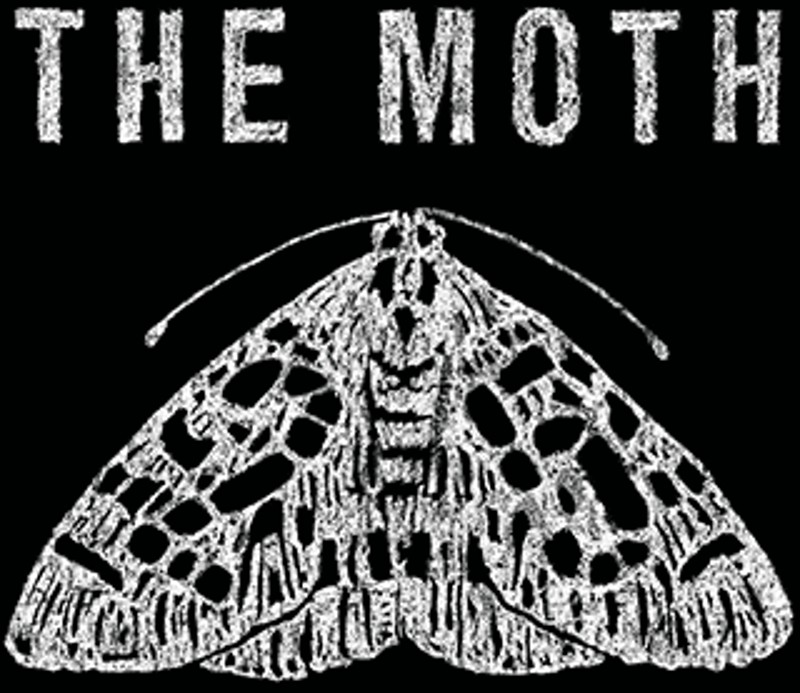
Leaping out of indecision, or into a new love, or over a chicken coop—these were some of the jumps storytellers shared at The Moth’s GrandSLAM championship on May 12 at The Ark in Ann Arbor.
In the first Ann Arbor GrandSLAM since 2019, nine storytellers who were previous winners of the regular StorySLAM events each received five minutes to tell a true personal story, without any notes to guide them. Three groups of judges—naming themselves Quantum, The 229s, and The Bullfrogs—secretly rated each story, not even revealing the scores after a winner was determined. Amir Badghdadchi, a past GrandSLAM winner, was the host and kept the energy high.
With this year's theme being "leaps," the GrandSLAM invited the audience to listen to "stories of springing into action, clearing hurdles, impulsive decisions or concentrating everything they have on a single bound. In short: busting a move."
Friday Five: The Olllam, Hannah Baiardi, Matthew Dear, Mark Zhu, Nickie P. & Duke Newcomb, Sean Curtis Patrick, Tom Smith, Danger Room, The Strange Theory of Light and Matter, Thomas Gun

Friday Five highlights music by Washtenaw County-associated artists and labels.
We're doing this again? Doubling the size of Friday Five for the second time in two weeks?
If area musicians keep this up, I'm going to have to change the column name to Tuesday Ten, which will be really confusing when I run the post on Fridays, the day all new music comes out. (Back in the olden days, release day used to be on Tuesday, which would be a strange day to run a column called Friday Five, but I digress so hard.)
This week features:
- Irish fusion by The Olllam
- sophisti-pop by Hannah Baiardi
- electronic pop by Matthew Dear
- ukulele-driven pop by Mark Zhu
- hip-hop by Nickie P. & Duke Newcomb
- a moon-landing soundtrack by Sean Curtis Patrick
- parodies by Tom Smith
- noise by Danger Room
- metal-tronica by The Strange Theory of Light and Matter
- rockabilly-tinged punk by Thomas Gun


































